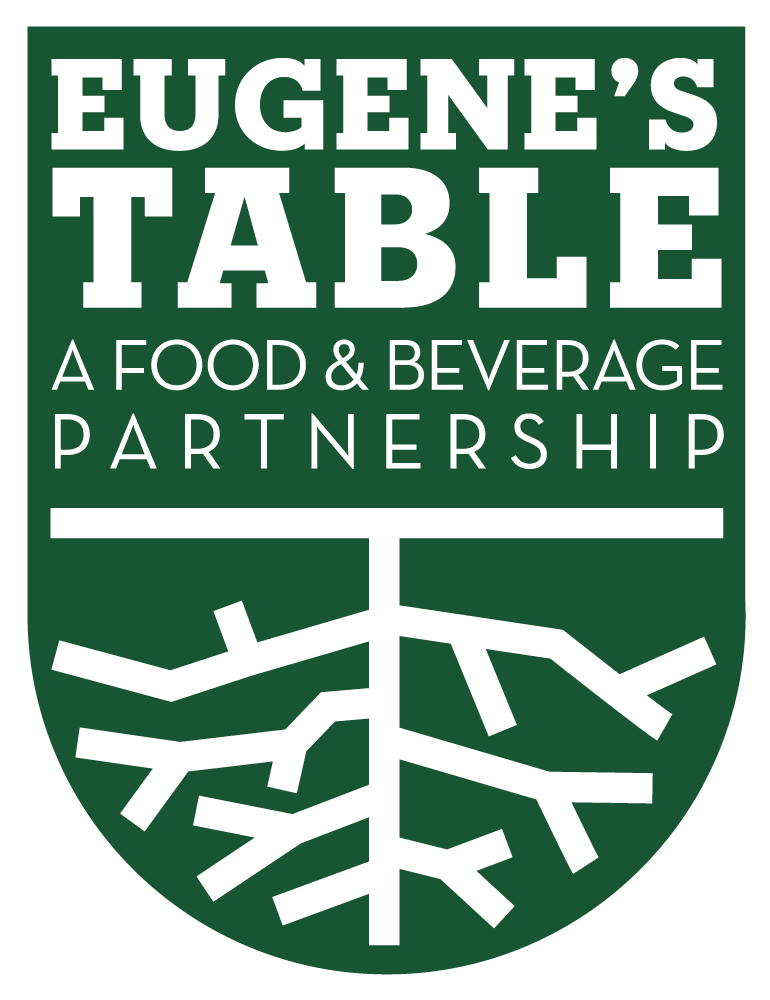Food Hubbing for Food Resilience
Micah Elconin, Director of Eugene’s Table writes a regular column for the Register Guard that highlights his perspectives on regional F&B business.
The year 2020 has seen the world’s food supply stressed in unprecedented ways, but with that I am pleased to see an increasing interest in food systems and in building local food resilience. Food hubs have been part of those discussions.
According to the USDA’s “Regional Food Hub Resource Guide,” a food hub is a “business or organization that actively manages the aggregation, distribution, and marketing of course-identified food products primarily from local and regional producers to strengthen their ability to satisfy wholesale, retail, and institutional demand.” It’s easy to imagine these activities all happening under the roof of one bustling physical hub — and there are certainly shining examples of successful food hub sites — but I’m proposing a slightly different perspective on the food hub, one that expands opportunities to galvanize action within local food systems.
The food hub is not necessarily a physical place, organization or program. The only essential part of a food hub is strong, intentional relationships among members of a regional food system. The business world often refers to network building as “networking.” I’ve found that regional food systems thrive when stakeholders begin food “hubbing.” While infrastructure is an important resource along the way, the actual food hub is a set of actions. Think of it as a verb, not a noun.
*Reported by the Register Guard

